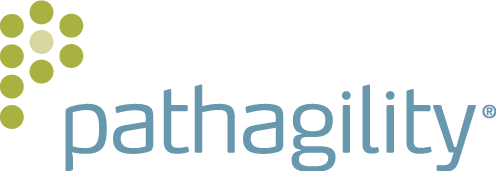While it seems that most healthcare providers are hoping to get to the stage where health information systems (EMR/EHR, LIS, RIS, etc.) provide more workflow efficiency, extreme data security and flexible partner collaboration, the path to Utopia seems to be different in almost every case. This is due to the fact that each provider is at a different stage in information technology adoption and has implemented different process workflows. As more and more health data is moved to an electronic state, it will become critical for each provider to implement technologies that can support interoperability, advanced security, multi-channel health data distribution and heathcare partner collaboration.
It may pay to be a bit wary of those claiming to provide a big box, one-size-fits-all solution. The ultimate state providers are aiming for is a moving target. With that said, take a look at five criteria that are helpful when making healthcare information system decisions:
1. Total Cost of Ownership (TCO)– be sure to factor in all hardware, software, IT support, system updates/add-ons, etc.
2. Customization – is the system a custom fit for your needs?
3. Flexibility – as your needs change, does the system allow you to move “on-the-fly”
4. Enhancements – how often are system enhancements made? Are they continual or are they promised every six months and beyond? Remember you are dealing with a moving target.
5. Interoperability– does the system allow your organization to store and exchange healthcare data securely with all of the healthcare partners and institutions you interact with (today and in the future?)
The question may actually need to be – Is there such thing as a turn key problem in healthcare IT?

